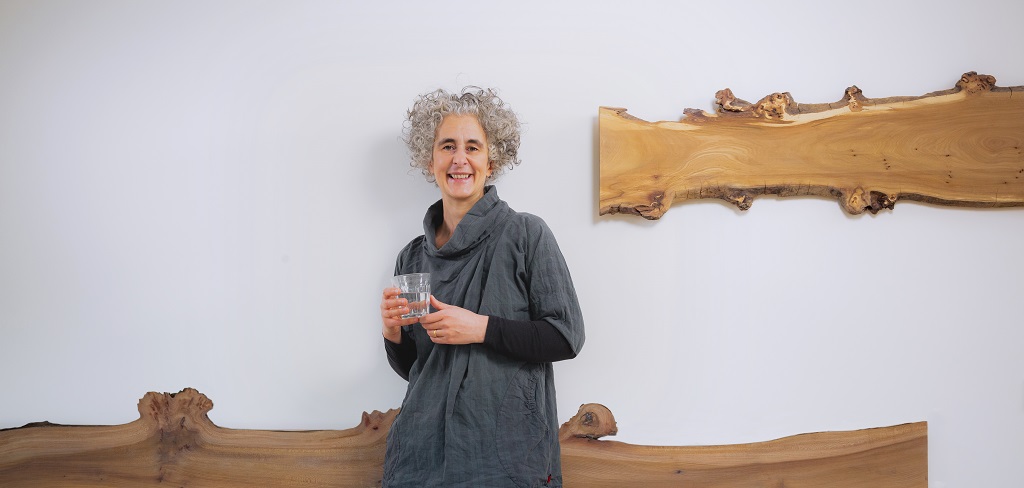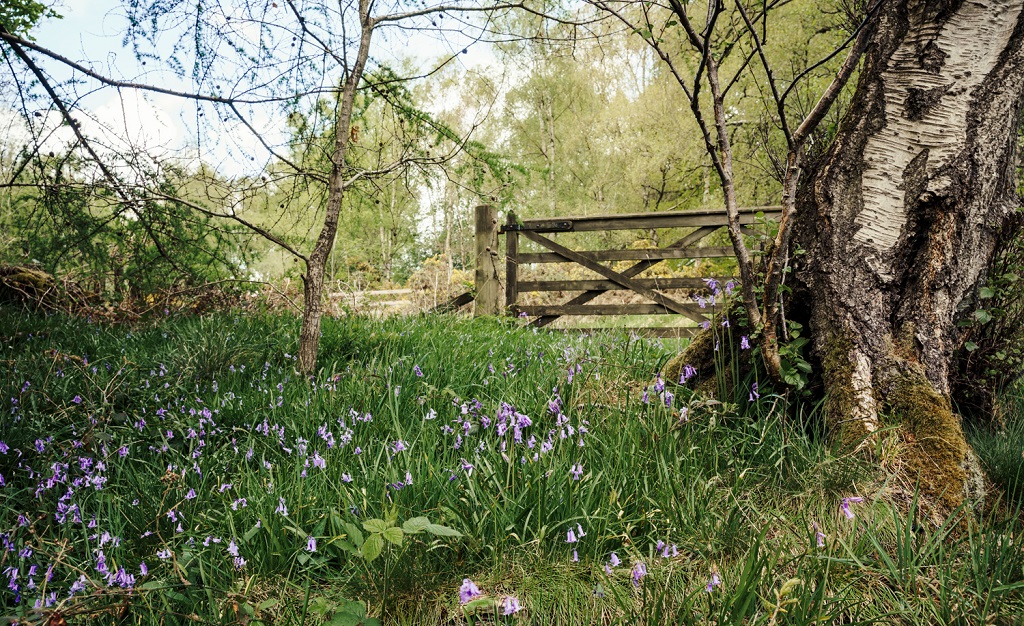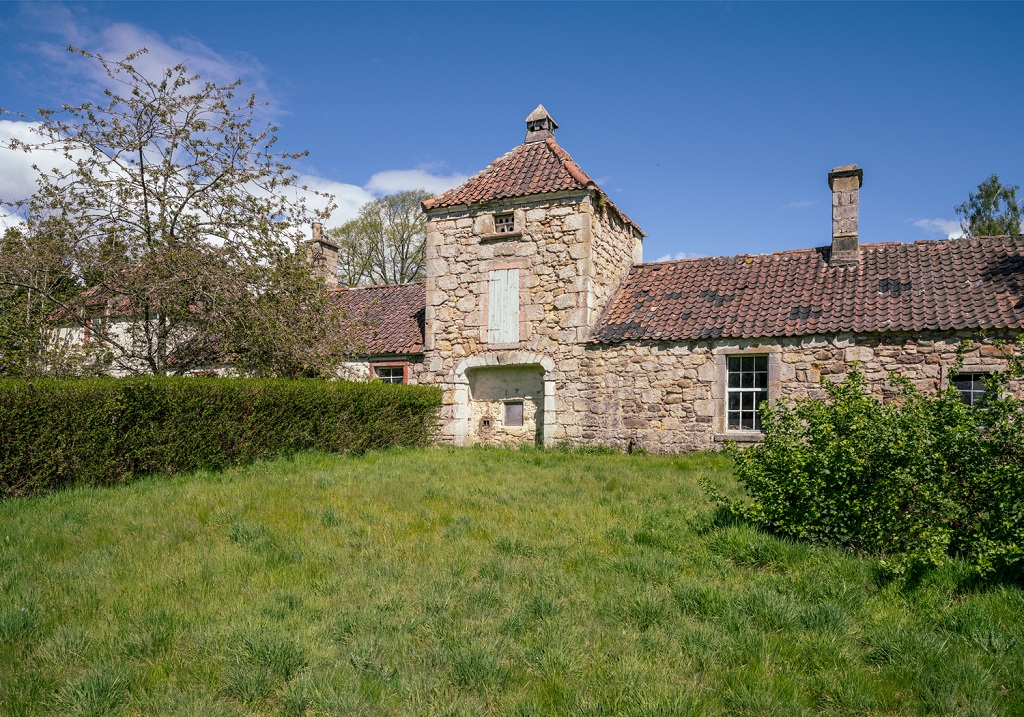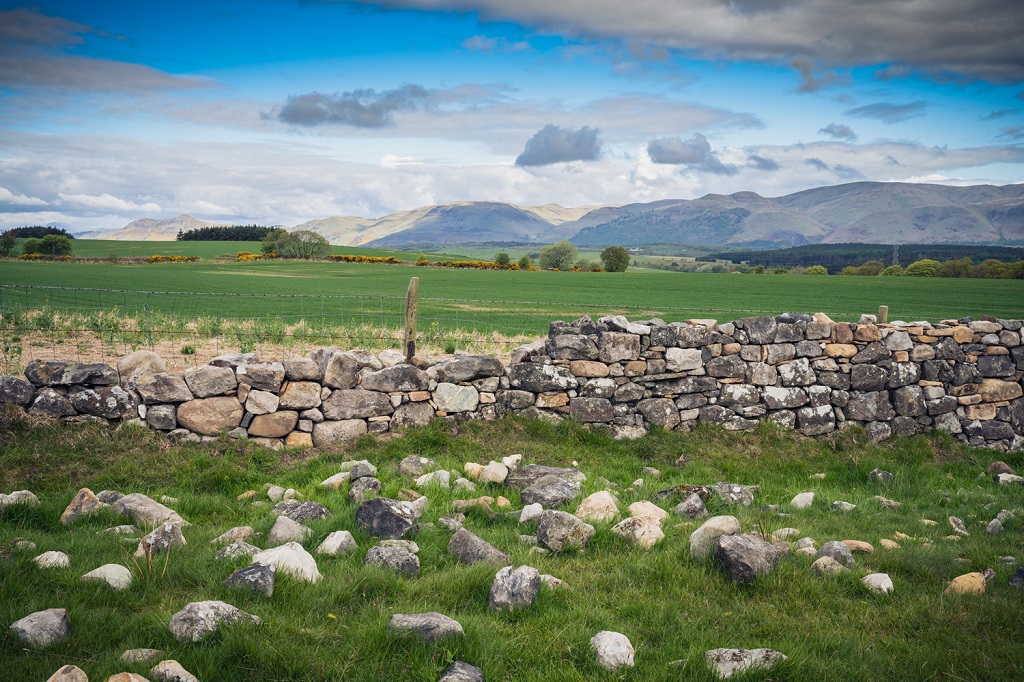
Breathing new life into the Brucefield Estate
An estate in central Scotland, which dates back for more than 700 years, is being revamped for a new generation.
The Brucefield Estate in Clackmannanshire is owned by biologist Victoria Bruce-Winkler, who inherited the estate from her mother in 2012 and is passionate about regenerating the estate for a new generation.
The estate consists of 420 hectares of semi-ancient oak, birch and Scots pine woodlands, and arable and pasture farmland, dotted with drystane dyke walls.
There is a 10-year wildlife plan already in place and has already undertaken a huge amount of groundwork on conservation – tree species, insects and wild flowers.
She is also looking to create eco off-grid bothies for those who are looking to un-plug from a hectic life and feel the open space in the woodlands. Each bothy will be in its own individual location.
Victoria said: ‘The estate can trace its roots back 700 years to when it was part of the Barony of Schenbothy, a name now lost on today’s maps.

Victoria Bruce-Winkler
‘Taking it right back to the beginning, the estate was first owned by the Stewarts of Rosyth, who welcomed Mary Queen of Scots when she returned from France to rule Scotland.
‘A little later in history it was a founder of the Royal Highland and Agricultural Society, which hosts today’s Royal Highland Show in Edinburgh. And thirdly, as a family, we can trace our own ancestry back to Robert the Bruce.
‘I live on the estate with my husband and two daughters and have made its rejuvenation my work. A biologist by trade, I am keen to understand the workings of Brucefield’s diverse habitats and restore the historic buildings that make up the Estate to continue its revitalisation, which right now, is just in its infancy.
‘My aim is to continue the journey of the families who have owned the Estate over the last 700 years and importantly, to provide a solid foundation for its regeneration.
‘Inspiration has come from many places and people, but essentially, it’s fired by seeing how people’s eyes light up when they come here. We’ve spent many years renovating Brucefield’s traditional buildings and working with conservationists, ecologists and people with a profound knowledge of the area, and that has all been hugely inspiring.’

Victoria aims to open up the estate to the public, with ecology and the environment at the heart of it.
She explained: ‘Our vision is to create an estate where people can come and relax in the mature woodlands, experience the wildlife habitats, explore the heritage of the historic buildings, and enjoy the accommodation at a working estate. We wish to promote rural tourism in an accessible location, which is embedded with local history.
‘The estate is a haven for walkers and there are a variety of beautiful, unspoilt trails. Guests can wander around the grounds exploring the different habitats, from Scots Pine and birch woodlands to wetlands. A trail up to the Pine Ridge along the Bluther burn, another leading to the Witch’s Stone, and a recently discovered hidden avenue of lime trees, some dating back 300 years, indicating the direction to Clackmannan Tower.
‘As well as encouraging guests to explore and enjoy the abundant local wildlife, we are planning to launch a series of hands-on workshops so that guests can contribute, share and exchange ideas and hopefully, take some new ones away.
‘A branch of the Round the Forth cycle route (NCN 764) runs through the middle of the Estate giving access to Alloa station, Devilla Forest, and along small roads to Culross and beyond and is a great way to explore the surrounding area. We also hire out bikes so there is no need for guests staying with us to bring their own.

‘We would like Brucefield to be an immersive experience; we would like our guests to feel part of the Estate and connected to the land, its people and its evolving story.’
The Brucefield Estate contains a number of interesting species, both flora and fauna.
Victoria explained: ‘Over the last couple of years we’ve worked with ecologists to understand the habitats here and we now have a 10-year wildlife plan to monitor and manage the rich mosaic of diverse habitats including a lowland heath (a Natural Scotland site of special scientific interest), wet woodlands and meadows with their mosses, and veteran Scots pine and oak woods.
‘A real haven for wildlife in central Scotland, we are simply spoilt for choice. As well as attracting red squirrels, pine martens, bats, barn and tawny owls and numerous bird species associated with mature woodland, such as green woodpeckers and spotted flycatchers, we also have a large number of invertebrate species on the estate, including the beautiful, small pearl-bordered fritillary butterfly, which is a Scottish Biodiversity List priority species, as well as at least 130 types of beetle and 91 species of spider, several of which are classed as nationally scarce.
‘We have a number of plant species which are of local conservation interest, including corn marigold and corn spurrey, while the wet woodlands provide perfect growing conditions for several rare varieties of moss. And interestingly, the arable field grass margins support rich botanical diversity.’
Work is underway on creating new eco-bothies, which will be ready to open later this year, for those looking to get back to nature.

Victoria explained: ‘We wish to offer a pure experience for those looking for a break from their busy lives and feel that individual eco bothies situated in our beautiful woodland setting, would provide the perfect retreat. Our bothies will be ready later this year, priced at £250 per night for two adults sharing, this includes a welcome breakfast hamper.
‘The bothies are located in a secluded woodland area so that guests can be completely at peace with the surrounding nature. They offer superb views of the distant woodland and wetland meadows. Each bothy has a wet room with rain shower and a kitchenette with a kettle, small fridge, toaster, mini oven and a log burner, which is perfect for warming dishes. To provide a complete escape the bothies don’t have TVs, allowing guests to completely switch off. Several of the bothies have no WIFI, a small selection have WIFI. We plan to use renewable energy and compost WCs, which also take care of any food waste.’
Victoria’s team have also just finished renovating an estate forester cottage and are working in collaboration with the Green Building Store to provide cosy, light and warm accommodation for four people.
From autumn 2021, they are plan to offer intimate, countryside micro weddings for up to 20 people in a rustic barn setting, as well as other family celebrations.
TAGS

